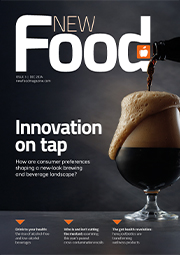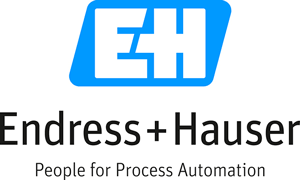Whitepaper: Improve CIP efficiency
- Like
- Digg
- Del
- Tumblr
- VKontakte
- Buffer
- Love This
- Odnoklassniki
- Meneame
- Blogger
- Amazon
- Yahoo Mail
- Gmail
- AOL
- Newsvine
- HackerNews
- Evernote
- MySpace
- Mail.ru
- Viadeo
- Line
- Comments
- Yummly
- SMS
- Viber
- Telegram
- Subscribe
- Skype
- Facebook Messenger
- Kakao
- LiveJournal
- Yammer
- Edgar
- Fintel
- Mix
- Instapaper
- Copy Link
Posted: 20 October 2016 | Endress+Hauser Group | No comments yet
In this whitepaper, find out the three segmented approaches to improve the CIP process by utilizing suitable instrumentation…
CIP is a core process that keeps a Food and Beverage plant working efficiently within the standards of quality and food safety. Efficient use of cleaning agents, water and energy should be considered when reducing cost. Additional cost savings can be found by minimizing production downtime during cleaning. This article introduces three segmented approaches to improve the CIP process by utilizing suitable instrumentation.
CIP system requirements vary based on the size of the plant and amount of the investment. In a basic system, a flow switch, temperature sensor and conductivity sensor supply the information necessary to execute the cleaning process. It is independent of the number of tanks used and ensures the desired temperature, velocity rate and concentration are reached throughout the system. Limit switches in tanks or in front of the CIP supply pump ensure the system is always filled. A simple recorder combines the reporting of quality relevant data with visualization. The Flowphant works based on the thermal principle and shows there is flow in the system. The TMR35 temperature sensors – one after the heat exchanger and one in the backflow pipe – feed the system with media of a certain temperature and ensure this temperature will be reached throughout the system. The CLD18 conductivity sensor displays the phase shift between media. The conductivity reading is used to calculate the concentration of cleaning agents. Liquipoint FTW23 capacitance limit switches help avoid pump damage by preventing dry-running. One switch in front of the supply pump, one in the caustic, and one in the acid tank each help avoid system damage. The RSG35 data recorder displays and records the main information, temperatures, velocity and concentration. With a relay output, it can even stop the supply pump, according to a limit switch signal.
The rest of this whitepaper is restricted - login or subscribe free to access


Why subscribe? Join our growing community of thousands of industry professionals and gain access to:
- bi-monthly issues in print and/or digital format
- case studies, whitepapers, webinars and industry-leading content
- breaking news and features
- our extensive online archive of thousands of articles and years of past issues
- ...And it's all free!
Click here to Subscribe today Login here










